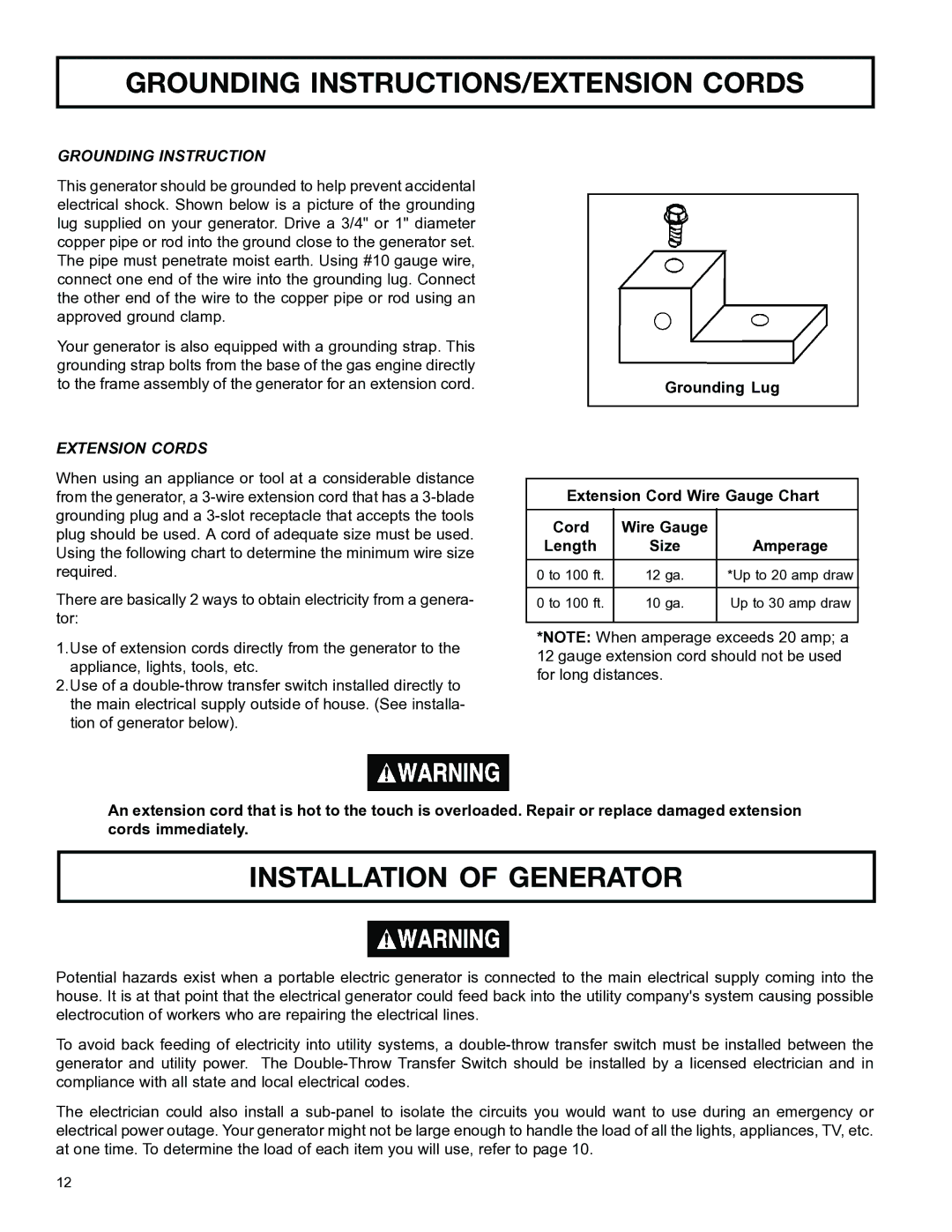MGP-4600 specifications
DeVillbiss Air Power Company is renowned for its innovative and reliable air-powered tools, and one of its standout products is the MGP-4600. This versatile air compressor is engineered to meet the demands of professionals and DIY enthusiasts alike, offering a wide range of features that enhance performance and usability.The MGP-4600 boasts a powerful motor that delivers robust air pressure, making it suitable for a variety of applications, including spray painting, pneumatic tool operation, and inflation tasks. With a maximum pressure of 125 PSI, it provides ample power for even the most demanding jobs. The compressor is designed to be user-friendly, featuring an easy-to-read pressure gauge that allows users to monitor performance at a glance.
One of the key technologies employed in the MGP-4600 is its oil-free pump system. This design not only reduces maintenance needs but also eliminates the risk of oil contamination, ensuring clean air output for painting and other sensitive operations. The pump is durable and efficient, offering a longer lifespan and consistent performance under heavy use.
Portability is another hallmark of the MGP-4600. Weighing in at a manageable size, it features a compact design, making it easy to transport and store. The ergonomic handle and rubberized wheels further enhance mobility, allowing users to navigate various work environments with ease.
Additionally, the MGP-4600 incorporates advanced safety features, including a thermal overload protection system that prevents overheating, safeguarding both the unit and the user. This ensures that the compressor operates within safe temperature limits, promoting durability and reliability over time.
Noise reduction is also a significant characteristic of the MGP-4600. Its design minimizes operational noise, making it suitable for use in residential areas or indoor environments where sound levels must be kept in check.
The MGP-4600 air compressor is compatible with a range of accessories, facilitating its use with various tools and attachments. This adaptability makes it a valuable addition to any workshop or job site, ensuring it meets the diverse needs of its users.
In summary, the DeVillbiss Air Power Company MGP-4600 stands out with its powerful performance, user-friendly features, and innovative technologies. It is a reliable choice for anyone seeking an efficient, portable, and versatile air compressor, making it an essential tool for both professionals and home users alike.

